An example of a linear film is Finding Nemo, as the plot is all shown in a chronological order; Nemo's mother and siblings are killed, he goes to school, he gets captured by fishermen, Marlin begins his search for him etc. This conforms to the genre of the film because, as a family-oriented Disney-Pixar film, it must be easy to comprehend.
An example of a non-linear film is Forrest Gump, as the events of the plot are not in a chronological order; Forrest has flashbacks of his childhood, and tells his story not as it happens but as he remembers it whilst describing it to someone at a bus stop. I would categorise this film in the adventure genre as it shows the events in Forrest's life, however it is unconventional because it firstly appears to be a period drama set in the second world war but has elements of war action, romance and comedy.
An example of a multi-strand narrative is the soap, Eastenders, as the programme constantly focuses on multiple character's lives and these characters intermingle with each other and all play a part in each other's storylines. Minor characters (such as Dorothy Branning) are often used to transfer the camera from one storyline and set of characters to another in one swift movement, such as walking across the square and leading the camera with them.
An example of a dual narrative is 8 Mile, as it simply follows the events and challenges that Eminem's character faces as he attempts to make a life for himself using rap.
An example of a film with action codes is Spiderman, as all events in the film occur as a consequence of another action. For example:
- A radioactive spider bites Peter Parker
- Peter gains super powers and practices them
- Peter uses these powers against crime
- A burglar murders Peter's uncle
- Peter seeks revenge
- etc.
Action codes are popular with films involving super heroes, because they are given reasons for conflict against villains.
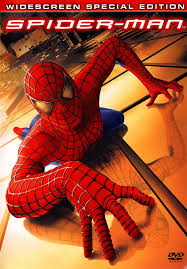 An example of a film with enigma codes is The Ring, as the main character spends the duration of the film unraveling the mystery of why her niece's death was caused by watching a video tape. The audience also participates in this journey with her as they find out elements of the past along with the heroine.
An example of a film with enigma codes is The Ring, as the main character spends the duration of the film unraveling the mystery of why her niece's death was caused by watching a video tape. The audience also participates in this journey with her as they find out elements of the past along with the heroine.
%2BThe%2BRing%2BOpt%2B2.jpg)


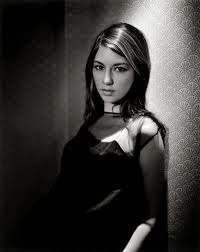



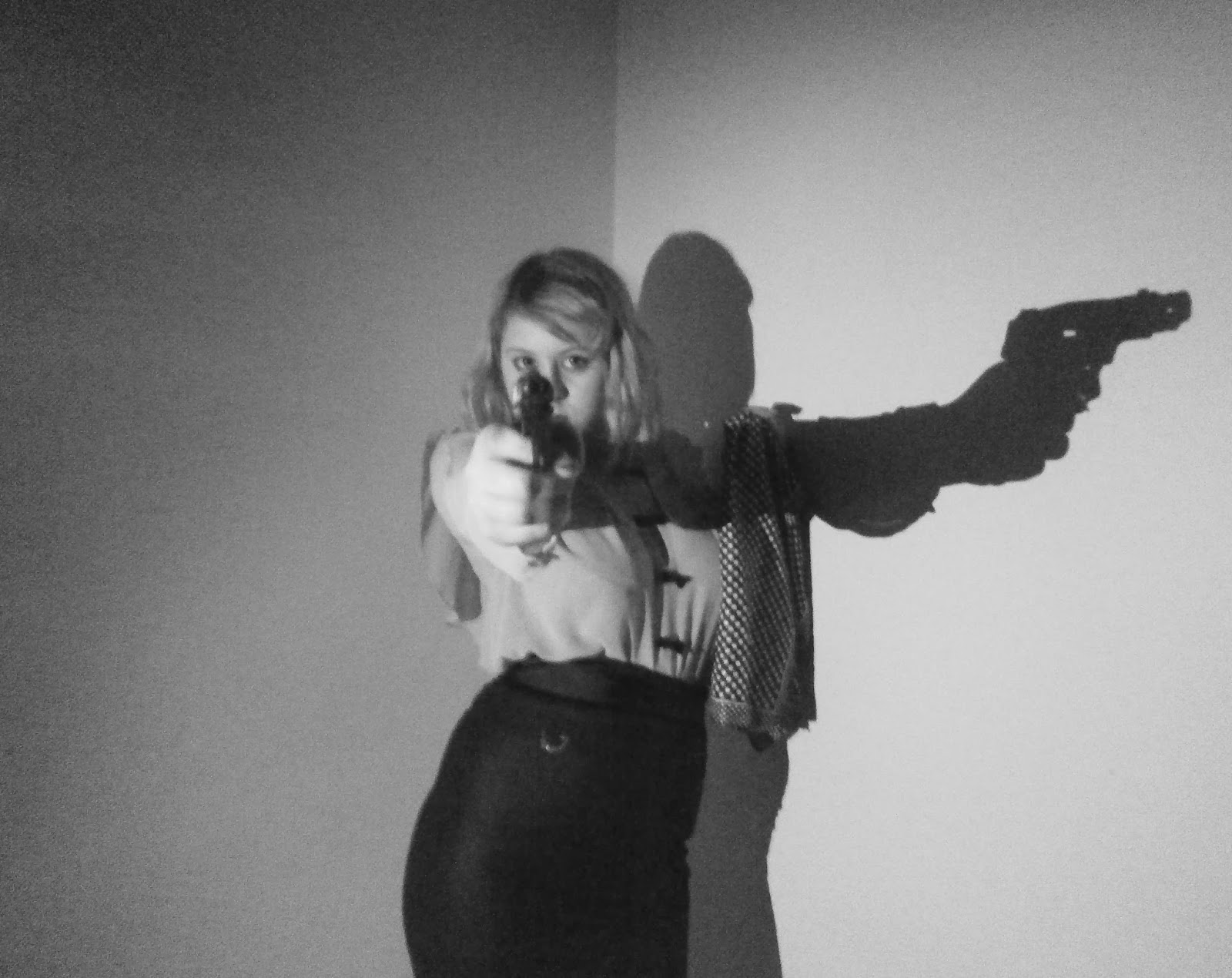





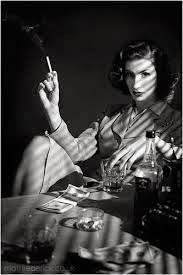


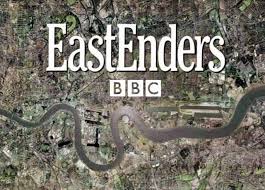
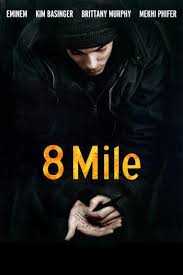

%2BThe%2BRing%2BOpt%2B2.jpg)